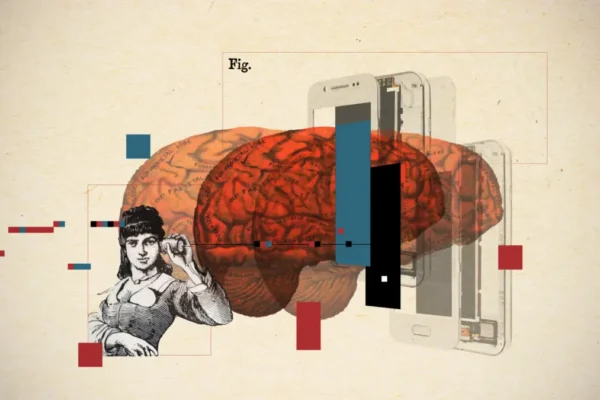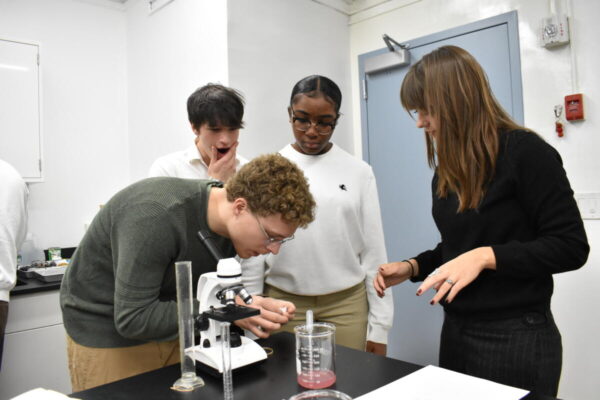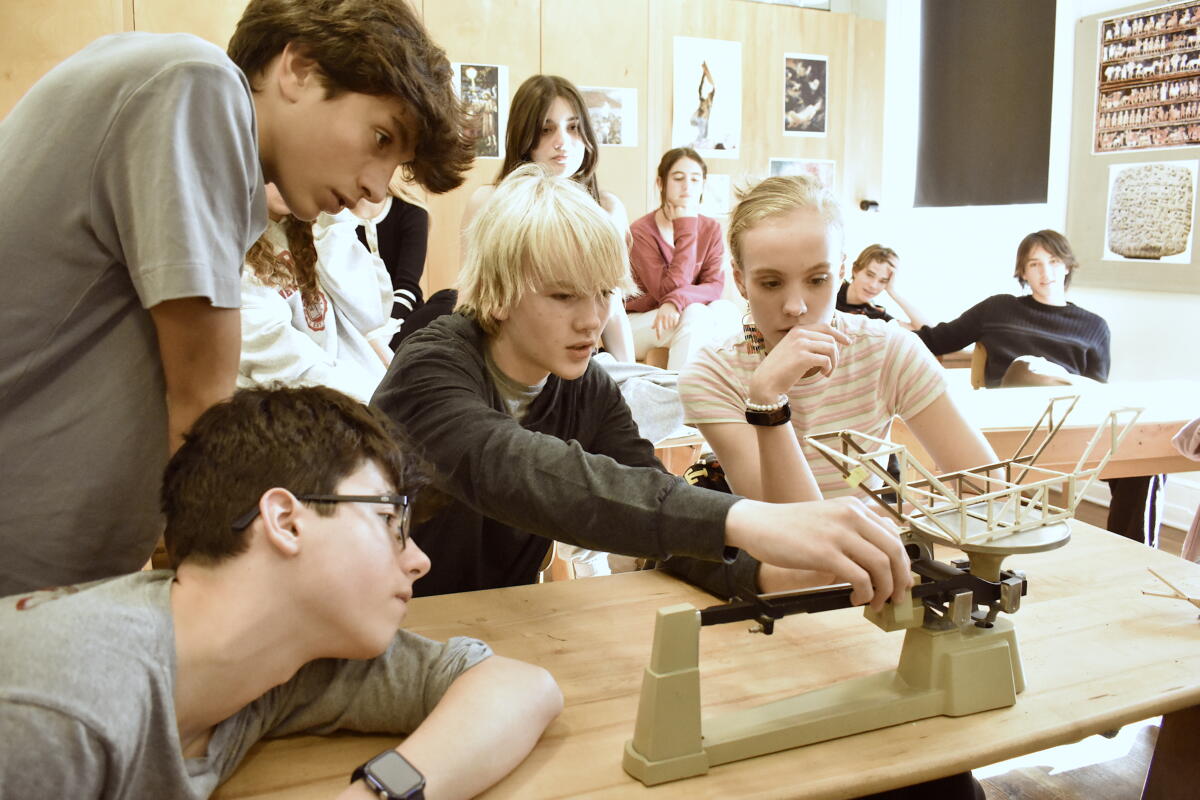A HUMAN CENTERED EDUCATION IN AN INCREASINGLY DIGITIZED WORLD
by Astrea Ravenstar
Lower School Chair
On April 4, at Rudolf Steiner School’s Community Education event – Preparing for the Future: Human Development and Engagement with Technology, we shared our updated Steiner Slow Tech Media Guidelines chart with parents and guardians. During the event, we discussed that this chart is meant to be a living document where classes come together in support of one another and the children. We encourage embracing these guidelines with openness and practicality, as we plan to create spaces for further conversation in the months ahead.
At our meeting, seventh grade class teacher, Giannina Zlatar, shared a slide show of brain development from birth through 21 years. In each slide, she described how there are certain windows of time best designed for particular skill acquisition. By working intentionally with our curriculum, we help students orient themselves to the world through their own being and the relationship they develop with and through learning.

These milestones of development are strengthened through practical work and active experience. Saving computer science and digital tools until later in their school career allows students to create the neural pathways that lay the foundation for higher levels of thinking. When our upper school students are then given digital tools, software, and hardware to work with, they can generate creative ways of utilizing these for purposes previously unthought of.
Science teacher, Jacob Gerber, described how his 11th and 12th grade students were able to use a software designed for analyzing tissue samples for pathology testing, to instead calculate bacteria coverage on petri dishes to study cleanliness of bathrooms around NYC. They were able to show minor differences in the presence of bacteria between men’s and women’s bathrooms and between locations by using this technology so creatively and effectively. The ingenuity and initiative needed to facilitate this project is impressive and demonstrates the ability of the students to use their own faculties to put technology to work for them.

Coincidentally, social psychologist and author, Jonathan Haidt, published his new book, The Anxious Generation: How the Great Rewiring of Childhood is Causing an Epidemic of Mental Illness, just days before our presentation. In an interview in Maria Shriver’s Sunday Paper on April 6, 2024, he summarizes his book in the following way:

At Steiner, these are our norms and have been for a very long time. While ages may fluctuate, it is wonderful to see validation in pockets outside of our doors, even as the social pressure to embrace early-introduction to digital technology strengthens. We know the value of self-initiated play and the development of real-world, practical skills beyond simply the skill itself, but for the human capacities fostered in neurological and physiological development, an ability to think freely and independently, creative problem-solving that will be needed in the future, and the initiative necessary for pursuing their endeavors.
When reflecting on our evening together, parents expressed gratitude for our education and our community. We were all impressed by the deep wisdom of our curriculum and teachers, and by the impressive digital literacy in the 11th and 12th grades that comes from building a strong foundation in the early years of a human-centered education.


